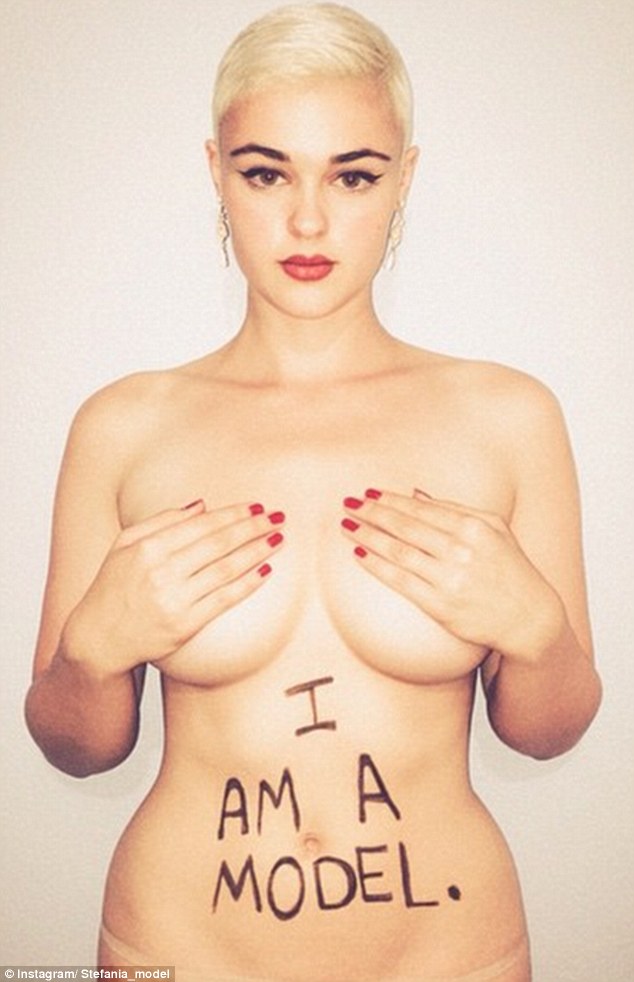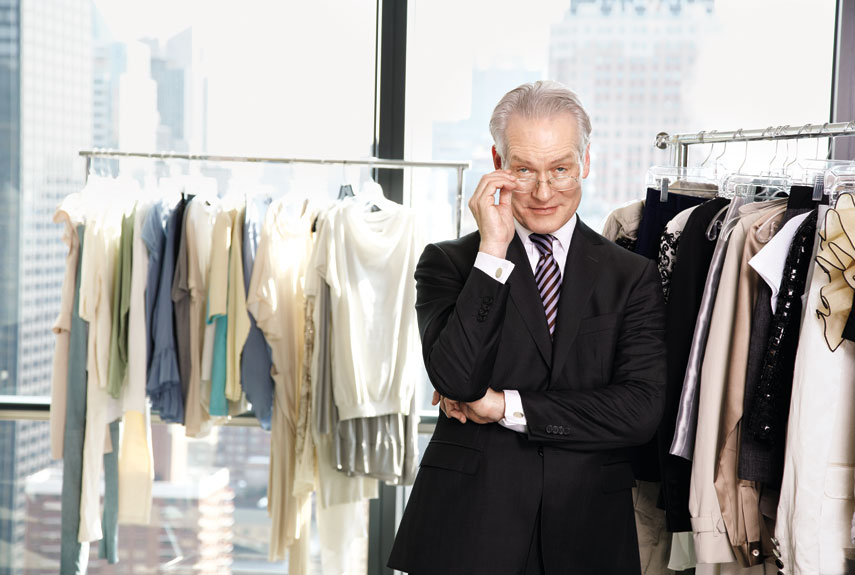There is a perplexing problem in the fashion industry: where are the clothes for bigger bodies? The problem isn’t that designers can’t create diverse clothing – it is that they won’t.

The fashion industry has been on the receiving end of a few blows in recent years for its narrow definition of beauty. Australian model Robyn Lawley has thrown a few successful hits. As a size 12 model, in 2012 she featured in a campaign for Ralph Lauren, breaking the designer brand’s previously incessant use of thin models. Since then, she has smashed through several milestones, becoming the first plus-size model to be featured in Australian Vogue, Australian Cosmopolitan and GQ Australia (as its “Girl of the Week”).
In an article for The Daily Beast, Lawley shared her insight into body image.
“Girls as young as 7 are starting to diet. Women all over the world seem to hate their bodies almost immediately after their birth. During my time in the plus modelling world, I’ve begun to realize the true danger of scrutinizing women’s and men’s bodies, both personally and across an entire industry.”
Lawley is not fighting the battle alone. Another Australian model making it big in the industry, Stefania Ferrario, has criticised the way we define the word ‘model’ and use ‘plus-size’ as a derogatory term, campaigning for change through #Droptheplus on social media. While earlier this year, IMG models announced via Instagram their first ever “brawn” division of male models.
Hard habits to break
On the other side of this bout, the fashion industry suggests it has its own difficulties with catering for bigger bodies. Fashion expert on reality-television show Project Runway, Tim Gunn, understands that in making clothes for different bodies, “designs need to be re-conceived, not just sized up”, and this includes stretchy fabrics, contouring and varying dimensions.
Tim Gunn: The Fashion Industry Is Not Making It Work For Plus-Size

However, Gunn believes that every company has the capability to cater for curvier women. He recently used PBS News Hour as a platform to ask designers to step out of the status quo.
“The fashion industry works from standards established decades ago. Habits are hard to break. From the runway, to magazines, pictures of how clothes are supposed to look, how women are supposed to look, are set. And it all revolves around thinness.”
The problem isn’t that companies can’t make diverse clothing – it is that they won’t. According to Gunn, body-inclusivity is not just an option, it is a duty. His challenge: “Designers, make it work.”

A win-win situation
The majority of consumers in America are size 16 – 18 and on average, Australians are growing taller and heavier. In 2015, Australian Vogue stated that Australians were the biggest spenders of apparel per person in the world and a report by Suncorp showed Australians spend on average $1.2 billion dollars on clothing a month.
There is no doubt there is a very powerful market and growing demand for clothes for diverse bodies – a win-win situation for designers and consumers.







